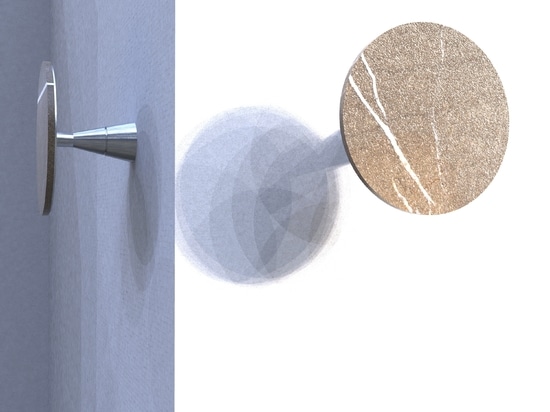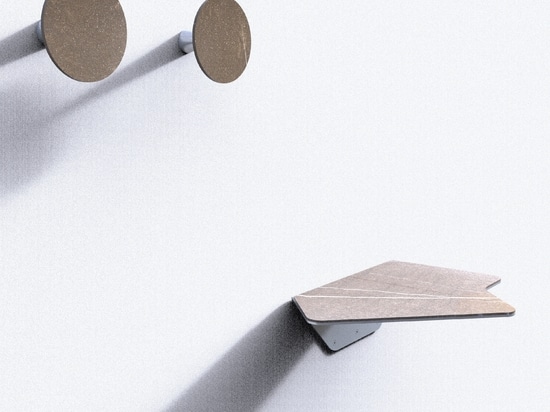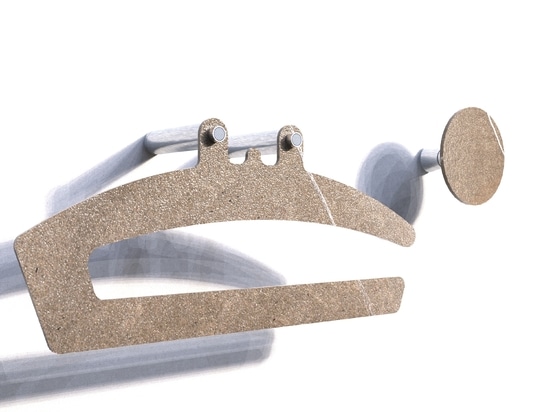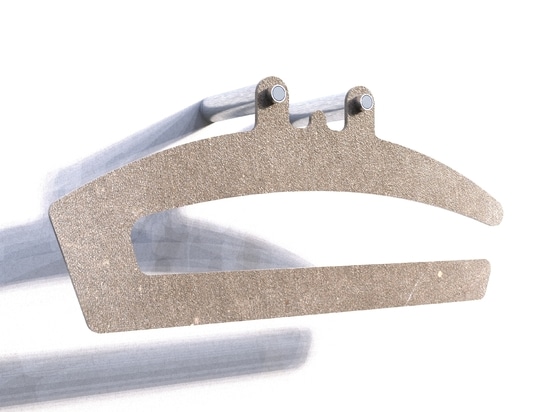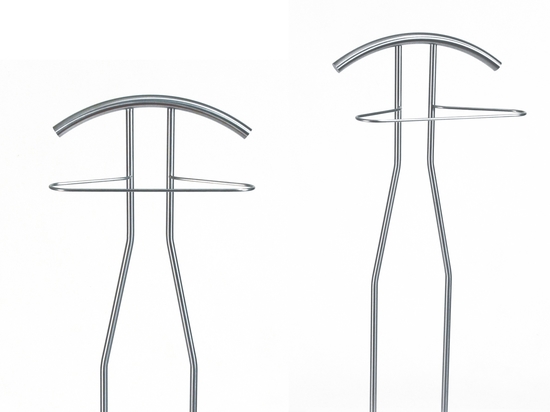
#Product Trends
LANDS
A collection of furnishings complements.
An eagle soars through the skies of Friuli-Venezia Giulia, a region in northeastern Italy between the Alps and the Adriatic Sea.
From above, the view stretches…
towards Pordenone, where the soft urban tones of Venice can be still heard among the gardens, villas and waterways of the countryside;
towards Gorizia and Trieste, which in the changing richness of the landscape, made up of hills, mountains, cliffs and the sea, seem like a metaphor for the complexity of the intertwining of Slavic and Balkan cultures;
towards Udine, which proclaims and give witness to the ancient grafting and stratification of medieval memory, consolidated between Italy and the German-speaking world, across the mountains.
Space and time are part of a single physical quantity: if space contracts, time expands. The simultaneous view of space from above thus seems to suggest a diachronic interpretation of the landscape.
One seems to hear the distant echoes of the medieval villages and castles that mark out the territory between woods and clearings, mountains and plains.
It is a suggestion that can still be felt in the area where Pietra Piasentina is still quarried, in the Julian Pre-Alps, in a foothills area in the north-east of the Friuli Venezia Giulia region, in the province of Udine.
Pietra Piasentina was already used by the Romans for the construction of the Forum Julii, the current Cividale del Friuli, founded by Julius Caesar in the 1st century B.C., and by architects such as Andrea Palladio.
In the architectural field, Pietra Piasentina is highly appreciated for its extraordinary colour shades and for the ease with which it can be used both indoors and outdoors.
Pietra Piasentina is a sedimentary limestone of secondary origin, created by gravitational processes triggered by tectonic movements of the earth's crust.
It is very compact and has excellent resistance to compression and bending; it does not change colour when exposed to atmospheric agents and can withstand many cycles of frost and wear.
Its colour is basic grey, but it offers a wide range of shades, from the light grey of the sawing process to the dark grey of the polishing process, with slight white veins and small coloured splashes tending towards brown.
The seemingly elementary two-dimensional circularity of planets and stars seen from afar is in contrast with the complexity of their actual three-dimensional consistency.
The disks of the LANDS coat hooks in Pietra Piasentina can establish an analogical relationship with as many distant imaginary 'lands', constituting a perceptible poetical synthesis.
